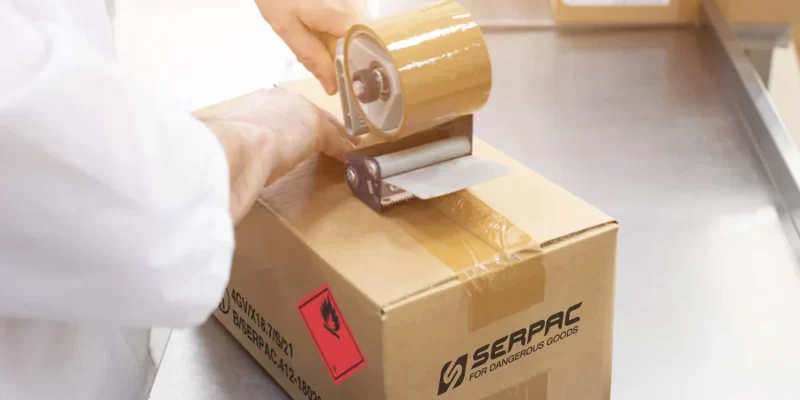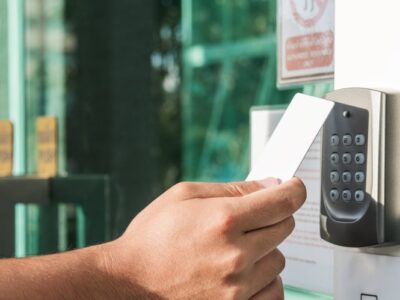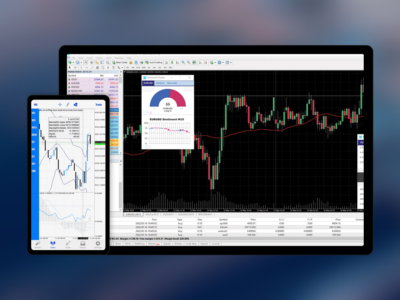When it comes to shipping hazardous materials, using the right packaging is essential. For businesses involved in e-commerce or logistics, understanding how to correctly use 4G fibreboard boxes is a crucial operational aspect. These sturdy containers are not just your average boxes – they are vital tools for ensuring that your shipments reach their destinations safely and compliant with regulations.
Proper assembly, packing, labelling, and handling of 4G fibreboard boxes can make all the difference in secure transportation.
Why 4G Fibreboard Boxes Matter
Shipping hazardous materials is a serious task, with regulations such as the International Air Transport Association (IATA) guidelines, the International Maritime Dangerous Goods Code (IMDG Code), and the U.S. Department of Transportation’s hazardous materials regulations strictly enforced.
These rules often dictate the kind of packaging required for different materials. Using 4G fibreboard boxes is a way of ensuring that you comply with these regulations.
The ‘4G’ certification means boxes are designed to ship dangerous goods such as flammable liquids, solids, hazardous chemicals, and more. They are rigorously tested and certified to ensure they can protect their contents during transportation, having been subjected to various performance tests like stacking, vibration, and drop tests.
Now that the importance is clear, we’ll move on to the specifics of assembling and using 4G fibreboard boxes effectively.
Step-by-Step Box Assembly
Ensuring the structural integrity of your 4G fibreboard box is the first step to a secure shipment. Here’s how to assemble them:
1. Gather Your Materials
Make sure you have the following:
- The 4G fibreboard box components.
- Packing tape (adhesive and pressure-sensitive).
- A cutter or box cutter.
- Gloves, especially if handling hazardous materials.
- A solid, flat surface to work on, away from any hazards.
2. Procedure
- Prepare the Work Space: Clear a flat and sturdy surface. Avoid damp areas, as moisture can weaken the integrity of the box.
- Lay Out Box Components: Lay the box parts flat. You should have a bottom box, a top box, and a lining for each of these.
- Pop Out and Fold the Box Sides: Start by popping out the perforated edges for each box. Then, fold them in towards the inside of the box. The pre-scored lines should make this step fairly easy.
- Secure the Base: Apply the adhesive tape along the bottom box’s inside flaps. Fold the flaps in and press them down firmly against the sticky tape to form the bottom of the box.
- Slide in the Lining (If Used): For each box, slide the appropriate lining into place. This could be a plastic bag, a metal box, or a combination for certain shipments. Make sure it fits snugly with no gaps.
- Place the Loaded Liner into the Box: If you have products already boxed or placed in their own container, put those into the lined box.
- Secure the Top: Repeat the taping and folding process for the top box. Close the top over the filled bottom, ensuring the lining and items are secure.
3. Final Checks
- Ensure all flaps are folded in the correct places.
- Inspect the seams for any signs of tape coming loose.
- Check for any bulges or indications that the box may not be securely packed.
5. Best Packing Practices
Packing hazardous materials securely requires attention to detail. Here’s how to do it right:
- Cushioning: Use enough cushioning material to protect the contents from any impact. This could be bubble wrap, packing peanuts, or another approved material.
- Item Integrity: Contents should be securely packed within their inner containers and not move or shift around.
- Elements of the Box: Ensure that the lining and any absorbent or cushioning materials are used following the material’s properties.
- Air Transport Compliance: If shipping via air, follow all additional guidelines for air travel, including the size and fit of liquids.
6. Sealing and Labeling for Compliance
Proper sealing and labelling of 4G boxes are vital not only for your safety but also for the safety of those handling your shipments. Here’s what to do:
Sealing
- Use only the required adhesive-type tape, typically a high-quality, pressure-sensitive tape suitable for the size and weight of the box.
- Make sure the tape covers the entire top to bottom and side to side, ensuring that no opening is left for potentially hazardous materials or liquids.
Labelling
- Labels should include information on the hazard class, UN or NA number, proper shipping name, and the name and address of the shipper and recipient.
- Place labels so they are clearly visible, and never cover them with tape.
- Consult the relevant regulations or your specific shipping agent for precise label requirements.
7. Lifting and Moving the Loaded Box
Even a well-packed box can be hazardous if not handled properly. Keep these tips in mind when you’re ready to ship:
- Load Distribution: Make sure the weight is evenly distributed, and you know the total weight of the box to avoid overexerting yourself during lifting.
- Proper Posture: When lifting, bend at the knees, not the waist. Use handles if available to maintain a good grip.
- Teamwork: For heavier boxes, use a team lift if feasible.
- Handling Equipment: If the box is too heavy, use mechanical aids like forklifts or dollies.
- Movement Awareness: Stay alert to your surroundings and other personnel working there.
Conclusion
The safety and well-being of yourself and others and the regulatory compliance of your shipments depend on correctly using 4G fibreboard boxes. Following this guide, you’re not just assembling and packing boxes — you’re demonstrating a commitment to professional standards and shipping safety. Remember, a well-packed box is the first step in the secure delivery of its important cargo.













Comments